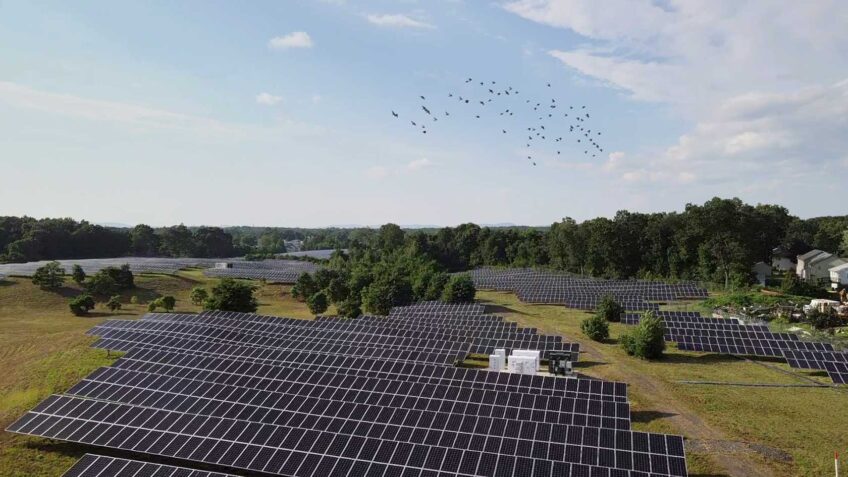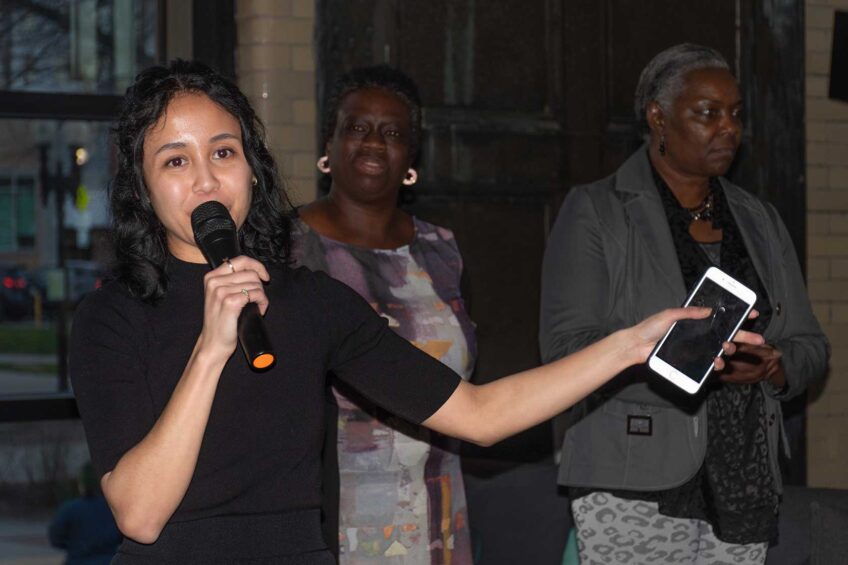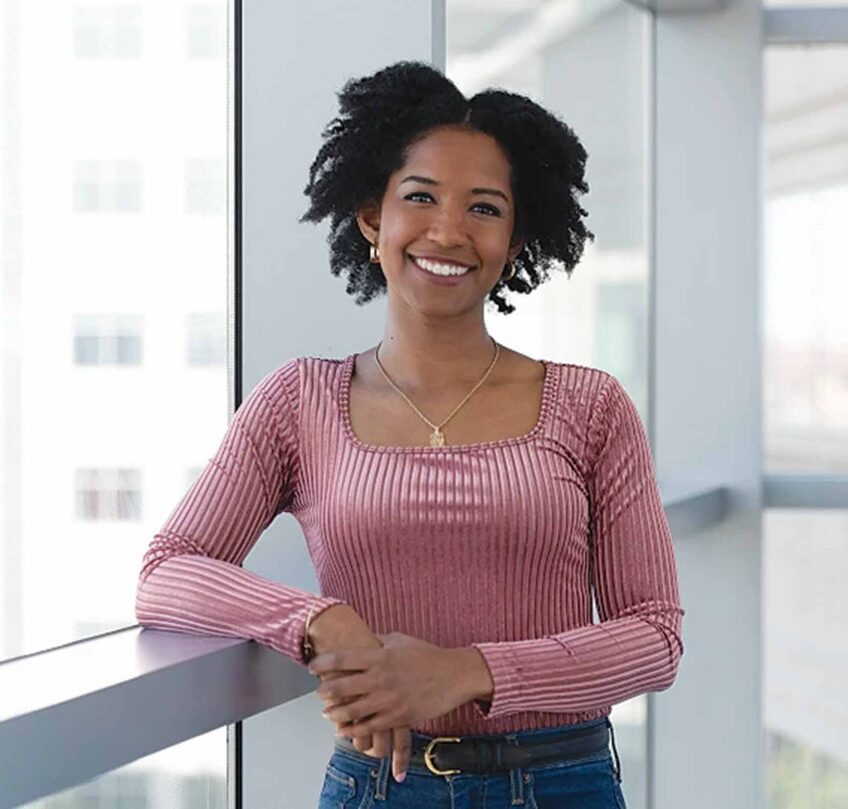Walgreens’ closing triggers fears of ‘pharmacy desert’
Seniors feeling effects of latest shutdown in Roxbury

The question, simple enough, provoked a firestorm from the Roxbury seniors.
Asked about the impact of the closure of a local Walgreens, the roomful of elders at the Vine Street Community Center expressed alarm and concern over access to prescriptions in a city where big drugstore chains are shutting down their outlets in communities of color.
The seniors, gathered for Breakfast and Bid Whist — a weekly card game breakfast event — had many views on why it was happening and what it meant but agreed that the latest shutdown stood as another mark of longstanding disinvestment in Boston’s predominantly Black and brown neighborhoods.
“Our community is being torn apart,” said Stanley Porter.
Since November 2022, four Walgreens have closed in Boston, all in predominantly Black and brown neighborhoods. One was in Mattapan, one in Hyde Park and two in Roxbury. CVS and other chains have also shuttered stores. The latest to close was the Walgreens on Warren Street in Roxbury.
Community members worried that the flight of pharmacies will particularly impact seniors and those who have conditions that limit their mobility. Those at the breakfast said many people they know who are reliant on pharmacy access don’t drive.
Alternatives like having prescriptions delivered can present other challenges for older residents who are less comfortable using technology.
Gladys Hillwhite, a 70-year-old woman from Roxbury who attended the breakfast, said that she and her husband often must call their daughter or grandson for help with technology.
Several seniors suggested the closures were understandable given industry claims of increased shoplifting — though how much strong data exists to back up those claims is often unclear.
As pharmacies leave the neighborhood, community members are left fearing that they’ll be stuck in a so-called pharmacy desert.
“With a pharmacy desert, people are being choked,” said the Rev. Miniard Culpepper, a local pastor and organizer of the Communities of Color Coalition for Health Equity. “They’re almost starving to be able to get their medication.”
Research has highlighted a need for pharmacy access and significant impacts when that access is unavailable.
In the 2014 study that coined the term “pharmacy desert,” pharmacist and researcher Dima Qato suggested that gulfs in access and proper use of medication across the communities she and her team looked at in Chicago could, in part, be worsened by limited access to pharmacies.
A 2022 study found pharmacy desert communities had worse access to services like vaccinations and those living in pharmacy deserts in the state of Washington, where the researchers were based, were generally at higher risk for COVID-19.
In urban contexts, Qato considers a pharmacy desert as an area where there is no pharmacy within a mile, or within half a mile for communities with other access barriers like limited vehicle access or high proportions of low-income residents.
The term has roots in the U.S. Department of Agriculture’s definition for “food deserts,” which considered the proportion of residents in a census tract that lived more than a mile from a supermarket or large grocery store, with extra considerations around income-level.
But what once seemed like a simple way to consider access to pharmacy resources has grown complicated as researchers started factoring in things like travel time and ability to get to and use the pharmacy services, rather than distance as the crow flies, said Walter S. Mathis, an assistant professor at the Yale Department of Psychology who prefers to work with the term “pharmacy access.”
But Qato said she still sees utility in the term “desert” for how it calls out disparities in where pharmacies are and how accessible they are.
A 2021 paper by Qato found more limited access to pharmacies in communities of color. In the 30 most populous cities in the United States, Black and Latino neighborhoods tended to have fewer pharmacies than white neighborhoods and were more likely to see their pharmacies close. That study found that, in Boston, 21.2% of predominantly Black neighborhoods could be classified as pharmacy deserts in contrast to 4.7% of predominantly white neighborhoods.
“We need to call out disinvestment in neighborhoods of color,” she said. “A word is a word. It’s more about what does it mean?”
“For me, it means inequitable access to pharmacies.”
Underlying the challenges a departing pharmacy presents is the simmering concern that it’s yet another moment in which Boston’s communities of color are being forgotten. Seniors at breakfast said they feel that often businesses change or close with little notice to the community, and that local municipal leaders don’t do enough to protect or communicate with residents.
Verna Hampton, one of the breakfast organizers, said the loss of pharmacies was a reminder that there should be continuous engagement with local politicians.
“You can’t just vote them in and leave them there,” she said.
Concerns around communication notwithstanding, the city of Boston is preparing support to keep residents from having to fend for themselves. Staff from the Boston Public Health Commission said the commission is in conversation with other departments in the city to determine how to respond to a lack of pharmacy care for residents.
Efforts from the city’s Chief of Economic Opportunity and Inclusion Segun Idowu, alongside community protests and action, helped delay the closure of the Warren Street Walgreens by two weeks from its original closing date of Jan 15 to Jan. 31.
In the short term, Boston is planning to partner with the Urban League of Eastern Massachusetts to work with Lyft to provide free or highly reduced transportation for residents impacted by the closure of the Warren Street Walgreens. Rahsaan Hall, president and CEO of the Urban League of Eastern Massachusetts said the conversations around the partnership are ongoing.
The city is also considering the possibility of encouraging a locally owned pharmacy to replace the Walgreens, Mayor Michelle Wu said at the annual Urban League’s annual meeting Jan. 31.
Community efforts, too, are looking toward those locally owned pharmacies, as well as those at community health centers, as replacements.
Culpepper said he’s been involved in conversations to work with independent “mom and pop” pharmacies to expand their capacity, seeking funding opportunities from all levels of government, as well as nonprofit organizations like the Black Economic Council of Massachusetts to fill the financial gaps he said are keeping local pharmacies from augmenting their reach.
“We’re trying to look under every rock we can,” he said.
But the local seniors who gather once a week to play card games at the Vine Street Community Center worry that the removal of the pharmacies, and the challenges that brings, isn’t a problem that’s going to disappear, particularly as they continue to wait to see new solutions appear.
“What’s going to happen when they close all the pharmacies?” Hillwhite said.

![Banner [Virtual] Art Gallery](https://baystatebanner.com/wp-content/uploads/2024/05/Breathe-Life-4-ToGetHe_WM-150x150.jpg)




